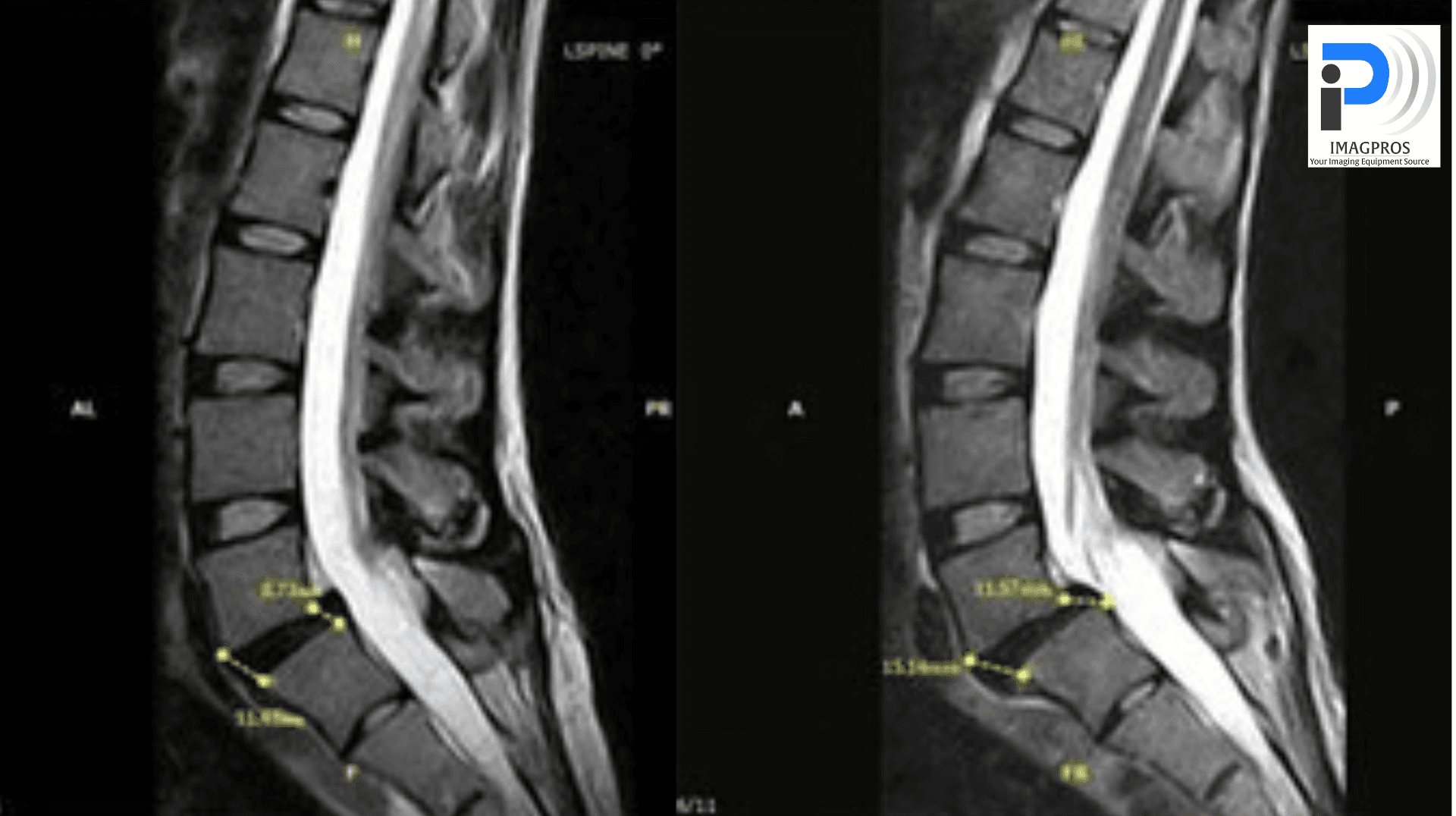In the fast-paced world of medical diagnostics, staying ahead with reliable and advanced tools is crucial. The diagnostic ultrasound machine offers unparalleled imaging capabilities that enhance patient care by providing accurate, real-time insights into various medical conditions. In the following guide, we’ll explore how the device operates, its diverse applications, and the numerous benefits it can bring to your practice.
Understanding the Basics of Ultrasound Technology
Ultrasound technology employs high-frequency sound waves to capture detailed images of the body’s internal structures. Unlike X-rays or CT scans, which use ionizing radiation that can be harmful with excessive exposure, ultrasounds use sound waves, making them a safer alternative for patients and healthcare providers. This method is helpful for imaging soft tissues, including organs, muscles, and blood vessels, without the risks associated with radiation.
The machine’s processing unit and display system collaborate to interpret and visualize the data effectively, ensuring accurate diagnostic results. The critical component includes the ultrasound transducer, which emits sound waves and captures the returning echoes from internal structures, converting them into diagnostic visual images. This seamless integration of the processing unit, display system, and the primary component—the transducer—ensures precise medical imaging.
The Role of the Ultrasound Transducer
Now, let’s explore the ultrasound transducer in greater detail. This handheld device transmits and receives sound waves, transforming electrical energy into sound waves that penetrate the body. These waves bounce off various tissues and structures, returning echoes that the transducer captures. The ultrasound machine then converts these echoes into visual images, offering real-time insights into the patient’s condition displayed on a monitor.
Capturing Images: The Process Explained
When performing an ultrasound scan, the technician places the transducer on the patient’s skin and typically applies a conductive gel to ensure optimal sound wave transmission. As the transducer moves over the skin, it sends sound waves and receives the returning echoes. The machine processes these echoes to create detailed images of internal organs, tissues, and blood flow.
For certain procedures, doctors can insert the transducer into the body, such as in transvaginal or transrectal ultrasounds, to get a closer view of specific internal structures. This capability enhances the diagnostic potential of ultrasound technology, making it versatile for various medical applications.
Ready to review the different options for your practice? Contact ImagPros at 248-951-9020!
Different Uses of Diagnostic Ultrasound Machines
Diagnostic ultrasound machines’ versatility extends beyond essential imaging, making them indispensable tools across multiple medical fields. From obstetrics to cardiology, they offer critical insights that aid in accurate diagnosis and effective treatment plans.
Obstetrics and Gynecology
One of the most well-known diagnostic ultrasound machines used in obstetrics and gynecology. Ultrasound scans are instrumental in monitoring fetal development during pregnancy, allowing physicians to track growth, detect anomalies, and assess the mother and baby’s health.
Cardiology
In cardiology, ultrasounds evaluate the heart’s structure and function. Echocardiograms, a type of ultrasound, provide detailed images of the heart’s chambers, valves, and blood vessels, aiding in diagnosing and managing cardiac conditions.
Musculoskeletal Imaging
Musculoskeletal ultrasound is invaluable for diagnosing injuries and conditions affecting muscles, tendons, ligaments, and joints. It offers a non-invasive way to visualize soft tissue structures, making it an essential tool for sports medicine and orthopedic practices.
Abdominal Imaging
Ultrasound scans commonly examine abdominal organs, including the liver, kidneys, pancreas, and gallbladder. They help detect abnormalities such as tumors, cysts, and stones, providing critical information for treatment planning.
Vascular Imaging
Doppler ultrasound technology enables the visualization of blood flow in arteries and veins. It is crucial for diagnosing vascular conditions like deep vein thrombosis, arterial blockages, and aneurysms, improving patient outcomes through timely intervention.

External vs. Internal Ultrasound Procedures
Understanding the distinction between external and internal ultrasound procedures can help healthcare professionals choose the method for each diagnostic requirement. External ultrasounds are typically non-invasive and involve placing the transducer on the skin’s surface to capture images of underlying structures. Abdominal, obstetric, and musculoskeletal imaging often require their use.
In contrast, internal ultrasounds involve inserting the transducer into the body, offering a more direct view of specific internal structures. Procedures like transvaginal and transrectal ultrasounds fall under this category and are highly useful for specific diagnostic needs. For example, transvaginal ultrasounds provide detailed images of the uterus and ovaries, essential for gynecological assessments.
Now that we understand the types of ultrasound procedures let’s learn more about the critical considerations for choosing the right diagnostic ultrasound machine for your practice.
External Ultrasound
Medical professionals conduct external ultrasounds by placing the transducer on the skin’s surface. They widely use this method to image superficial structures such as the thyroid, breast, and musculoskeletal system. It is non-invasive and comfortable for patients, making it suitable for routine examinations.
Internal Ultrasound
Internal ultrasounds involve inserting a specialized transducer into a body cavity. Examples include transvaginal ultrasounds for assessing reproductive organs and transrectal ultrasounds for evaluating prostate health. These procedures provide higher-resolution images of internal structures, offering more accurate diagnostic capabilities for specific medical conditions.
Advanced Features of Diagnostic Ultrasound Machines
Now that we have discussed the basic and specific applications, let’s discuss the advanced features that enhance the capabilities and efficiency of diagnostic ultrasound machines.
Tissue Harmonic Imaging (THI)
Tissue Harmonic Imaging improves image quality by reducing noise and enhancing signal clarity. This technology provides clearer, more detailed images essential for accurate diagnosis.
3D and 4D Imaging
3D and 4D ultrasound technologies offer dynamic views of anatomical structures. 3D imaging constructs three-dimensional images, while 4D imaging adds the element of time, providing real-time visualization of moving structures, such as a beating heart or a developing fetus.
Doppler Imaging
Doppler imaging includes color, power, pulsed-wave, and continuous-wave Doppler. These techniques visualize blood flow and vascular structures, aiding in the assessment of circulatory health and the detection of blood flow abnormalities.
Elastography
Elastography assesses tissue stiffness, helping diagnose conditions such as fibrosis and tumors. It provides additional information on tissue properties, complementing traditional ultrasound images and improving diagnostic accuracy.
Discover How an Ultrasound Machine Can Boost Your Practice
Diagnostic ultrasound machines have revolutionized medical imaging by providing safe, non-invasive, and versatile solutions for various clinical needs. Their ability to capture high-quality images and support diverse applications makes them indispensable in modern healthcare settings.
Contact ImagPros today to learn more about how diagnostic ultrasound machines can enhance your practice and improve patient care.
Together, let’s shape the future of healthcare.

 SMART-C® Technology in Clinical Settings
SMART-C® Technology in Clinical Settings 
 Why Refurbished C-Arms Often Focus on OEC
Why Refurbished C-Arms Often Focus on OEC 
 Types of C-Arms
Types of C-Arms
 Future Innovations with FPD C-Arms
Future Innovations with FPD C-Arms







